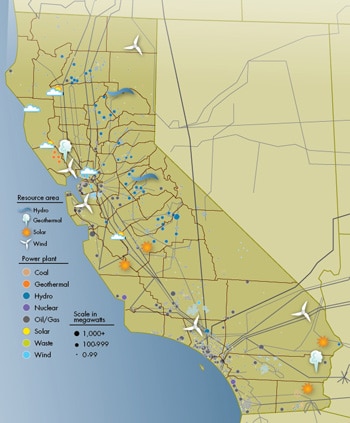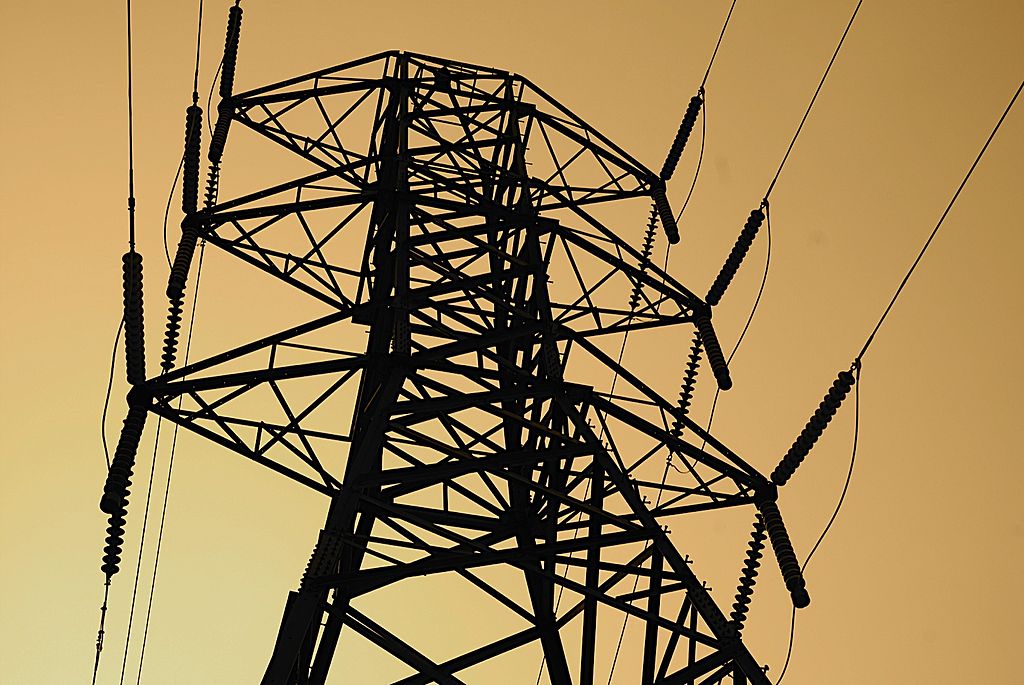The California Independent System Operator (CAISO) issued its final root cause report into the rolling blackouts that hit the state last August.
The report confirmed the CAISO’s initial findings that a trio of factors were responsible for the blackouts: extreme weather conditions, resource adequacy and planning processes, and market practices.
The final report includes additional analysis of how a range of energy resources performed, including solar, energy storage, and natural gas.
It also outlines steps that have been taken in advance of the summer 2021 demand peak to better ensure supply adequacy and reliability.
“This final report confirms our initial findings and reaffirms that our agencies are taking the right actions to update processes and strengthen California’s grid in the face of this crisis and worsening climate impacts,” said California Energy Commission (CEC) Chair David Hochschild.
On Aug. 14 and 15, 2020, the CAISO was forced to institute rotating electricity outages in California in the midst of an extreme heat wave. Following these emergency events, Governor Gavin Newsom requested a report on the root causes of the events leading to the August outages.
A preliminary report was issued in early October. This latest report serves as the Final Root Cause Analysis and incorporates additional data analysis not available when the preliminary report was published.
Energy resource performance
The final report includes analysis by the CAISO, CEC and the California Public Utilities Commission (CPUC) on how specific resource types performed during the August and September extreme heat waves.

Image: CAISO
The CPUC said it has improved the methods for estimating the reliability megawatt value of solar and wind, but the reliability value of intermittent resources is still over-estimated during the net peak hour. It said that improvements to the resource adequacy program should account for time-dependent capabilities of intermittent resources.
The report said that around 200 MW of battery storage resources were available in the CAISO market during the mid-August events and in early September. However, drawing specific conclusions about fleet performance was difficult due to the small sample size. The CAISO said it will continue to track and seek to understand the collective behavior of the battery storage fleet and work with storage providers to “incentivize and align” storage charge and discharge behavior with reliability needs.
The report said that under very high temperatures, ambient derates are not uncommon for the natural gas fleet, and high temperatures reduce these resources’ efficiency. After the emergency, the CEC hosted a workshop to explore potential technology options for increasing the efficiency and flexibility of the existing natural gas power plant fleet. The CPUC followed up by issuing a ruling intended to get the most out the gas fleet.
“All reasonable efforts should be made to increase the efficiency of the existing fleet” of gas-fired power plants, the report said.
Three factors
The report stood by its initial assessment that three factors were primarily responsible for last summer’s blackouts: extreme weather conditions, resource adequacy and planning processes, and market practices.
It said that the climate change-induced extreme heat wave across the western United States resulted in demand for electricity exceeding existing electricity resource adequacy and planning targets.
Taking into account 35 years of weather data, the extreme heat wave experienced in August was a 1-in-30 year weather event in California, the report said. In addition, this climate change-induced extreme heat wave extended across the western United States. The resulting demand for electricity exceeded the existing electricity resource planning targets and resources in neighboring areas were also strained.

Image by Armin Forster from Pixabay
The report also said that resource planning targets “have not kept pace” to ensure sufficient resources that can be relied upon to meet demand in the early evening hours. This made balancing demand and supply more challenging during the extreme heat wave.
The rotating outages both occurred after the period of gross peak demand, during the “net demand peak,” which is the peak of demand net of solar and wind generation resources. With the current resource mix, behind-the-meter and front-of-meter (utility scale) solar generation declines in the late afternoon at a faster rate than demand decreases, the report said. This is because air conditioning and other loads previously being served by solar comes back on the bulk electric system. Resource mix changes and
the timing of the net peak have increased the challenge of maintaining system reliability.
“This challenge is amplified during an extreme heat wave,” it said.
The report said that since 2016, the CAISO, CPUC, and CEC have worked to examine the impacts of significant renewable penetration on the grid. By performing modeling that simulates each hour of the day, not just the gross peak, the resource adequacy program “has adjusted for this change in resource mix by identifying reliability problems now seen later in the day” during the net demand peak. However, the report said that additional work is needed to ensure that sufficient resources are available to serve load during the net peak period and other potential periods of system strain.
Finally, the report said that some practices in the day-ahead energy market “exacerbated the supply challenges under highly stressed conditions.”

image: Nextracker
It said that a subset of energy market practices contributed to the inability to obtain or prioritize energy to serve the CAISO load in the day-ahead market that could have otherwise relieved the strained conditions on August 14 and 15. Practices which obscured the tight physical supply conditions included under-scheduling of demand in the day-ahead market by load serving entities or their scheduling coordinators, and “convergence bidding.” The report defined this as a form of financial energy trading used to converge day-ahead and real-time pricing.
In addition, the CAISO implemented a market enhancement in prior years. In combination with real-time scheduling priority rules, this enhancement “inadvertently caused the CAISO’s day-ahead Residual Unit Commitment process to fail to detect and respond to the obscuring effects of under scheduling and convergence bidding” during August’s stressed operating conditions.
Although the CAISO said it is now “actively developing solutions” to these market design issues, most of the day-ahead supply challenges encountered were addressed in the real-time market as a result of additional cleared market imports, energy imbalance market transfers and other emergency purchases.
Since August, the CAISO, CPUC and CEC have taken a number of actions in an effort to prepare California for extreme heat waves this summer without having to resort to rotating outages.
Those actions and efforts include:
- The CPUC opened an Emergency Reliability rulemaking (R.20-11-003) to procure additional resources to meet California’s electricity demand in summer 2021. Through this proceeding, the CPUC has directed the state’s three large investor-owned utilities to seek contracts for additional supply-side capacity and has requested proposals for additional demand-side resources that can be available during the net demand peak period for summer 2021 and summer 2022.
- The CAISO is continuing to perform analysis supporting an increase to the CPUC’s resource adequacy program procurement targets. Based on the analysis so far, the CAISO said it recommends that the targets apply to both the gross peak and the critical hour of the net demand peak period from June through October 2021.
- The CAISO is expediting a stakeholder process to consider market rule and practice changes by June 2021 to help ensure the CAISO’s market mechanisms accurately reflect the actual balance of supply and demand during stressed operating conditions. This initiative is designed to consider changes that incentivize accurate scheduling in the day-ahead market, appropriate prioritization of export schedules, and evaluate performance incentives and penalties for the resource adequacy fleet.
- CAISO said it is also working with stakeholders to ensure the “efficient and reliable operation” of battery storage resources given the significant amount of new storage that will be on the system next summer and beyond. Through a stakeholder process, the CAISO will pursue changes to its planned outage rules.
- The CPUC is tracking progress on generation and battery storage projects that are currently under construction in California to ensure there are no CPUC-related regulatory barriers that would prevent them from being completed by their targeted online dates.
This content is protected by copyright and may not be reused. If you want to cooperate with us and would like to reuse some of our content, please contact: editors@pv-magazine.com.









By submitting this form you agree to pv magazine using your data for the purposes of publishing your comment.
Your personal data will only be disclosed or otherwise transmitted to third parties for the purposes of spam filtering or if this is necessary for technical maintenance of the website. Any other transfer to third parties will not take place unless this is justified on the basis of applicable data protection regulations or if pv magazine is legally obliged to do so.
You may revoke this consent at any time with effect for the future, in which case your personal data will be deleted immediately. Otherwise, your data will be deleted if pv magazine has processed your request or the purpose of data storage is fulfilled.
Further information on data privacy can be found in our Data Protection Policy.